What do dreams, drawings and Dr. Oz have in common? The short answer is health. The longer answer is health, healing, the diagnosis of life-threatening illnesses, research by Drs. Larry Burk and Bernie Siegel, and the Dr. Oz Show: The Sixth Sense — Shocking Premonitions (Jan. 28, 2017) about lifesaving precognitive dreams.
After two recent medical studies, precognitive dreams and random drawings by patients are getting attention and gaining respect in the medical community.1 The studies focused on psychological factors experienced during a precognitive dream. There is more to dreaming than rest and relaxation. Your dreams are a gift from you to yourself filled with messages of life, and dream messages of illness validated by pathology reports have saved people from an untimely death.
Larry Burk, MD, former chief of radiology at Duke University Medical Center, completed a ground-breaking study2 involving 18 women who had warning dreams preceding breast cancer diagnosis. These dreams involved spirit guides, angels, voices, tactile intervention dreams, visitations from deceased loved ones and doctors in dreams who later performed surgery in the dreamer’s waking world. Medical reports validated the dreams. “Dreams, in some sense, are giving us information all the time and interpreting things happening to us. They are often a metaphor for living our life like a waking dream,” says Burk.
During an interview with Drs. Siegel and Burk on my podcast, The Kat Kanavos Show, Siegel pointed out, “Larry and I got information in medical school; we didn’t get an education. Doctors don’t get into people’s lives to see what makes them vulnerable, which may be part of the cause of their physical disease.”
“Most medical doctors are trained to treat the result, not the cause of illness,” he further explains adding that he has been working with dreams “for a hundred years or so…” and believes our dreams can correctly diagnose our life. “I don’t know any medical schools that tell their students to ask people what they are dreaming.”
To state his point, Siegel shares the story of a woman who dreamed an East Indian female doctor told her she had cancer. Upon awakening, she immediately went for testing. A suspicious area was found on her mammogram and surgery was scheduled. Her surgeon was the doctor in her dream.
Dreams can give specific information exemplified by the women in Burk’s study whose dreams guided them to get examinations, tests or surgeries. After initial tests, some of the women were told by their physicians that they were healthy and to go home. However, their dreams persisted and encouraged them to return for additional tests. In some cases, patients shared their dreams with their doctors.
The patients’ dreams in Burk’s precognitive dream study group were significant in their ability to diagnose illness, just as Siegel’s patients’ dream-drawings about their illness were in his study. The dreams were “so precognitive, patients saw their future doctors.”
Perhaps the next time we have our checkup and our doctor asks, “So, how are you,” we should whip out crayons, make a drawing, share a dream and say, “You tell me.” It may brighten up your doctor’s day or be the topic of conversation at the next party.
Is there a paradigm shift in the medical community concerning dreams, diagnosis, and healing? Dare we dream big? Yes! Let’s move toward healing, one dream at a time.
Kathleen O’Keefe-Kanavos of Rancho Mirage is a survivor, author, dream expert, speaker, TV/radio host/producer and has been featured on Dr. Oz and The Doctors. For more information, visit www.KathleenOkeefeKanavos.com.
References available upon request.

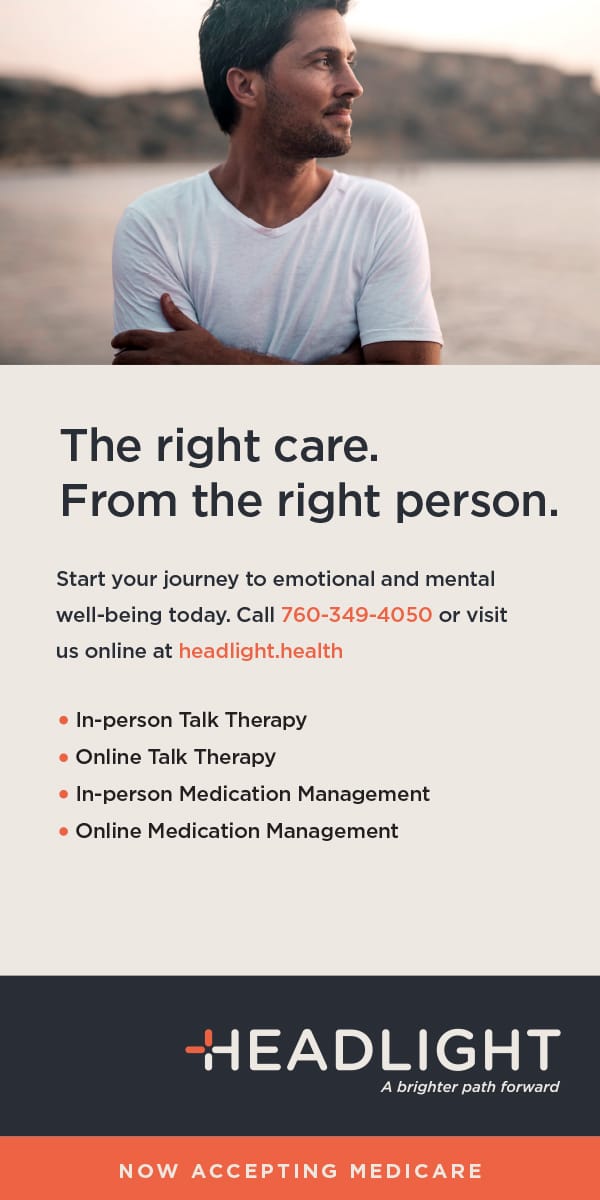






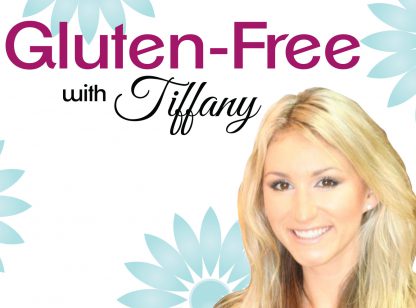



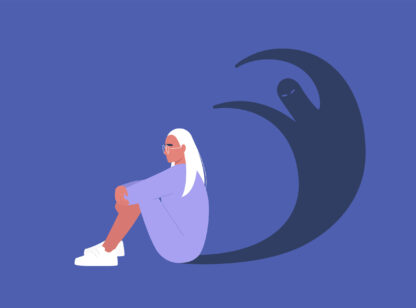




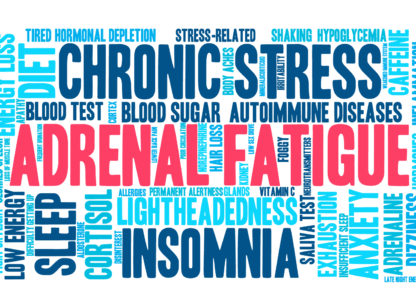


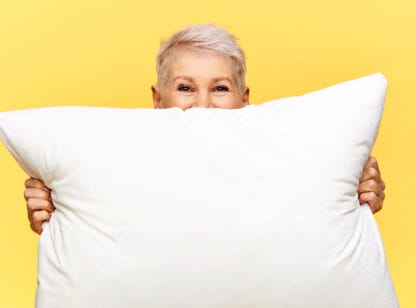










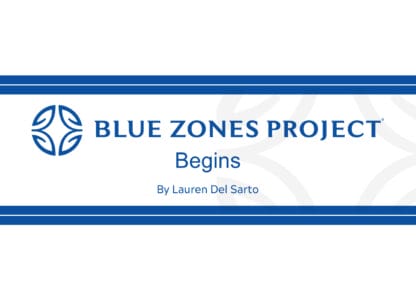





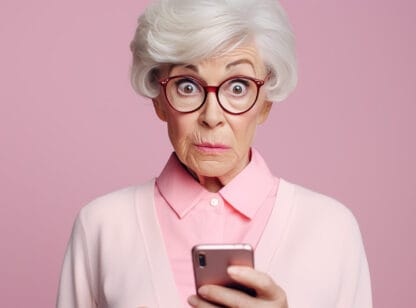



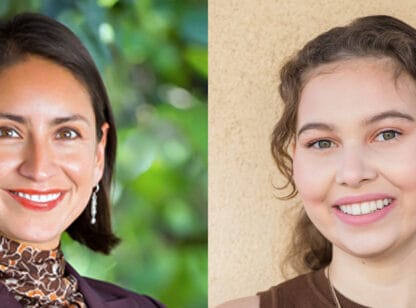


Comments (0)